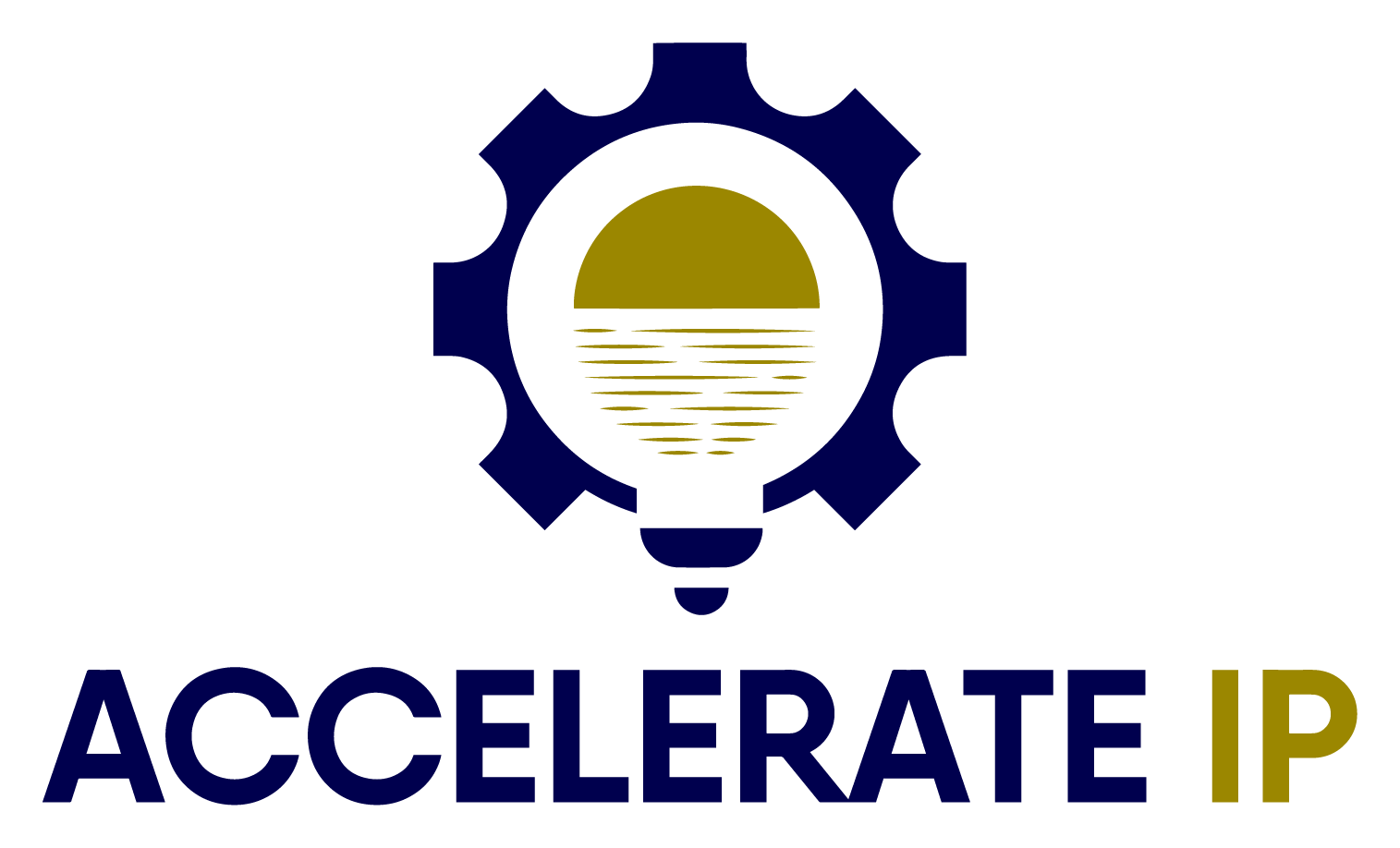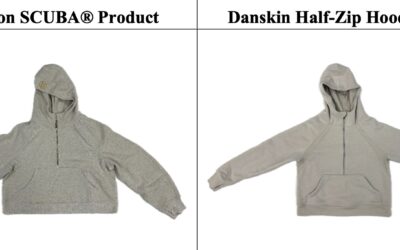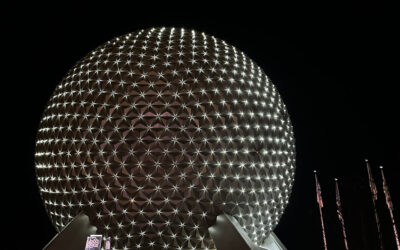A great deal of what we do as patent attorneys is try to make our client’s patent protection as broad as possible. We get broad protection by drafting the claims of the patent as broadly as possible. The tools that are traditionally used by patent drafters to draft broad claims includes using functional language and genus claims. Functional language describes a part of the invention by what it does, not by what it is. Functional claims are broader, because functional language that is not limited to a specific structure covers all devices that can perform the recited function. Genus claims are patent claims that cover not just a specific chemical or compound, but a group of related chemicals or compounds.
In addition to the claims, defining the invention, patent laws require a “written description of the invention . . . in such full, clear, concise, and exact terms as to enable any person skilled in the art to which it pertains . . . to make and use the same, . . ..” When functional language is used to define the invention in the claims, the scope of the claim is broad, and enabling a broad claim in the written description can be challenging.
The Supreme Court has decided to take up a case between Amgen and Sanofi to clarify what is needed to “enable” a broad functional claim. In the case, Amgen has a patent for an invention involving monoclonal antibodies that is defined in the claims as:
“[a]n isolated monoclonal antibody [that] binds to [any of 15 listed binding sites on the protein PCSK9] and … blocks binding of PCSK9 to [the low density lipoprotein receptor (LDLR)]
This claim is functional in that it includes any antibody that performs a particular function (bind at one of the listed binding sites and block binding with the LDLR). The claim defines not just a single antibody, but a genus of antibodies that consists of antibodies that bind to the listed binding sites and block binding of another compound to the LDLR. One of the issues in the case is whether Amgen’s written description “enables” a person having ordinary skill in the art to make and use the claimed invention.
Like many patentees, Amgen’s written description included specific guidance and examples to show at least some of the antibodies that bind to the disclosed site(s). Sanofi argued that there could potentially be millions of potential antibody candidates and the specification wasn’t detailed enough to allow a person of skill in the art to practice the full scope of the claims (presumably including every antibody that fits the limitations of the claims). The functional limitations direct researchers how to go about identifying the compounds covered by the claims, but the Court of Appeals for the Federal Circuit decided that the potential breadth of the claims meant that “no reasonable jury could conclude under these facts that anything but ‘substantial time and effort’ would be required to reach the full scope of claimed embodiments.”
Amgen v. Sanofi is a continuation of a trend that has seen the Federal Circuit grow increasingly hostile to genus claims in chemistry and biotechnology. In the past thirty years, there are virtually no significant examples of genus claims in the life science fields upheld by the Federal Circuit.
The Supreme Court has decided to weigh in on the enablement requirement of the patent statues with respect to genus claims in the life sciences. Amgen appealed the case and the Supreme Court agreed to answer the following question:
Whether enablement is governed by the statutory requirement that the specification teach those skilled in the art to “make and use” the claimed invention, 35 U.S.C. § 112, or whether it must instead enable those skilled in the art “to reach the full scope of claimed embodiments” without undue experimentation—i.e., to cumulatively identify and make all or nearly all embodiments of the invention without substantial ‘time and effort.’”
Enablement has been described as one of the most challenging problems in patent law. This will be the first time that the Supreme Court has addressed the enablement requirement in a very long time. Clarification of the enablement requirement especially for genus claims in the life sciences, is a welcome development.
If you have any questions on how to draft broad claims, please reach out to Accelerate IP’s Patent Attorneys in Mesa, Arizona and Tucson, Arizona. We offer a complimentary consultation to go over your invention and see how we can help with our flat fee services.




